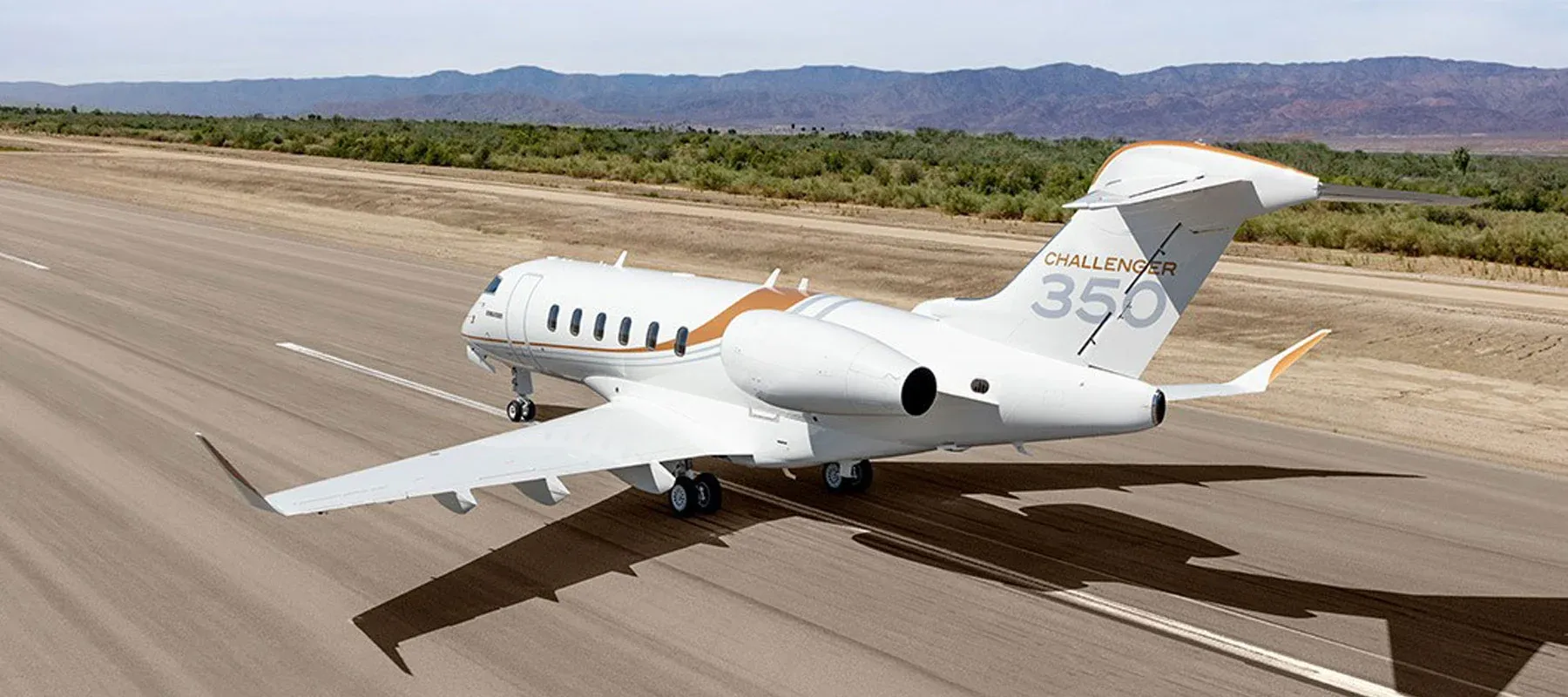Private jet ownership in Canada offers unparalleled convenience and flexibility for business and leisure travelers alike. However, along with the prestige and luxury of owning a private aircraft comes the responsibility to comply with stringent regulatory requirements, particularly concerning insurance. Insurance for private jets in Canada is not only a legal necessity but also a critical component of risk management and financial protection. This article explores in detail the insurance requirements for private jet owners in Canada, including mandatory coverage, optional policies, factors influencing premiums, and considerations for selecting adequate insurance coverage.

Mandatory Insurance Requirements
Private jet owners in Canada are legally obligated to carry certain minimum insurance coverage to protect against potential liabilities and risks. The primary mandatory insurance requirements include:
- Third-Party Liability Insurance: This is perhaps the most critical component of private jet insurance. Third-party liability insurance covers damages or injuries caused to third parties as a result of the jet’s operation. It ensures that the owner is financially protected against lawsuits and claims for bodily injury or property damage arising from accidents involving the aircraft.
- Minimum Coverage Limits: Transport Canada, the regulatory authority for aviation in Canada, mandates minimum liability coverage limits for private jet owners. These limits are typically substantial to ensure adequate protection for potential claims.
- Passenger Liability Insurance: Private jet owners must also ensure adequate coverage for passengers onboard the aircraft. Passenger liability insurance covers medical expenses, disability benefits, and other costs associated with injuries sustained by passengers during flight.
- Limits and Coverage: The amount of coverage required may depend on the number of passengers typically carried and the potential risks associated with their travel.
- Hull Insurance: Hull insurance, also known as physical damage coverage, is typically required for financed aircraft or high-value jets. It protects against damage or loss of the aircraft itself due to accidents, theft, vandalism, or natural disasters.
- Valuation and Coverage: Owners must accurately assess the value of the aircraft to determine appropriate coverage limits under hull insurance.
Optional Insurance Policies
In addition to mandatory insurance requirements, private jet owners in Canada may consider optional insurance policies to enhance coverage and mitigate specific risks:
- War and Terrorism Insurance: Coverage against acts of war, terrorism, or political unrest that may affect the safety and operation of the aircraft.
- In-flight Insurance: Policies that cover passengers and crew for incidents occurring during flight, including medical emergencies and evacuation expenses.
- Hangarkeepers Liability Insurance: Coverage for damage or loss to the aircraft while it is stored in a hangar or undergoing maintenance.
- Aviation Personal Accident Insurance: Personal accident coverage for pilots, crew members, and other aviation personnel in the event of injuries or fatalities related to aircraft operations.
- Legal Liability Insurance: Protection against legal expenses and liabilities arising from lawsuits, contractual disputes, or regulatory violations.
Factors Influencing Insurance Premiums
Several factors influence the cost of insurance premiums for private jets in Canada:
- Aircraft Type and Value: The make, model, age, and market value of the aircraft significantly impact insurance premiums. Newer, high-performance jets may command higher premiums due to their increased value and potential repair costs.
- Usage and Flight Hours: Insurance rates may vary based on the frequency of flights, total flight hours per year, and the geographical scope of operations.
- Pilot Experience and Training: The qualifications, experience level, and training of pilots and crew members can affect insurance premiums. Experienced pilots with clean safety records may qualify for lower rates.
- Safety and Security Measures: Implementing robust safety protocols, maintenance procedures, and security measures can demonstrate risk management practices to insurers, potentially reducing premiums.
- Claims History: A history of previous claims or incidents involving the aircraft can impact insurance premiums. Maintaining a clean claims record is essential for securing favorable rates.
- Location: The geographic location where the aircraft is primarily based or operated can influence insurance premiums due to varying risks associated with local weather conditions, airspace congestion, and regulatory environments.
Selecting Adequate Insurance Coverage
Choosing the right insurance coverage is crucial for private jet owners in Canada to protect their assets and mitigate financial risks effectively. Consider the following factors when selecting insurance policies:
- Comprehensive Coverage Review: Conduct a thorough assessment of insurance policies and coverage options available from reputable aviation insurers.
- Customized Policies: Tailor insurance policies to address specific risks and operational requirements unique to the aircraft and its intended use.
- Financial Stability of Insurers: Select insurers with a strong financial rating and reputation within the aviation insurance industry to ensure claims will be promptly processed and paid.
- Legal Compliance: Ensure that selected insurance policies comply with all regulatory requirements imposed by Transport Canada and other relevant authorities.
- Consultation with Aviation Insurance Experts: Seek guidance from experienced aviation insurance brokers or advisors who specialize in private jet insurance to navigate complex policy terms and conditions.
Conclusion
Insurance requirements for private jet owners in Canada are designed to safeguard against potential liabilities, protect passengers and crew, and mitigate financial risks associated with aircraft ownership. Compliance with mandatory insurance requirements, including third-party liability, passenger liability, and hull insurance, is essential for legal operation and financial protection. Optional insurance policies offer additional coverage options to address specific risks such as war and terrorism, in-flight incidents, and hangarkeepers liability. Factors influencing insurance premiums include aircraft type and value, usage patterns, pilot experience, safety measures, claims history, and geographic location. Private jet owners should carefully evaluate insurance policies, customize coverage to their needs, and consult with aviation insurance experts to ensure adequate protection and compliance with regulatory requirements. By prioritizing comprehensive insurance coverage and proactive risk management strategies, private jet owners can enjoy the benefits of aircraft ownership with confidence and peace of mind in Canada’s dynamic aviation landscape.
